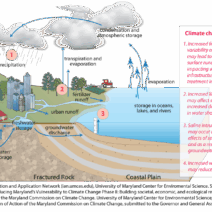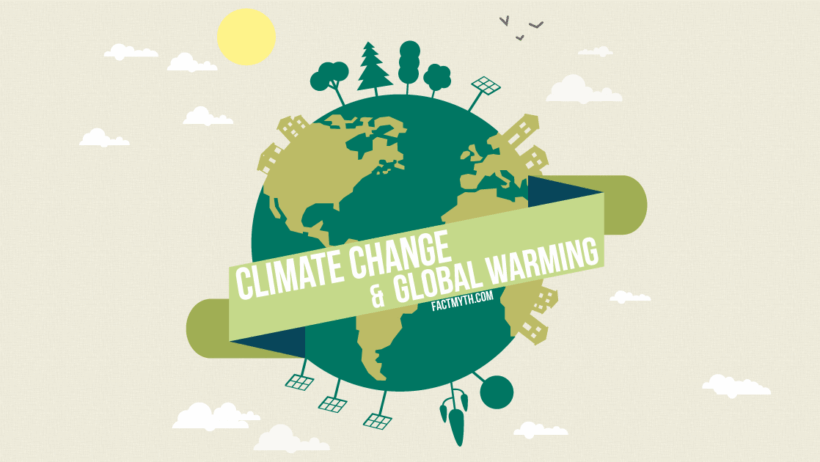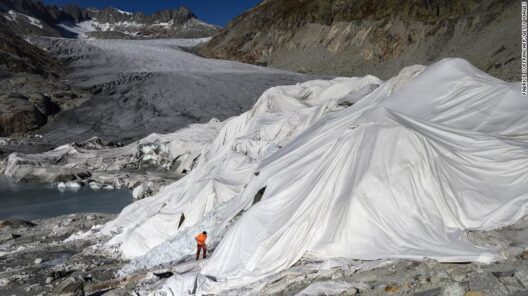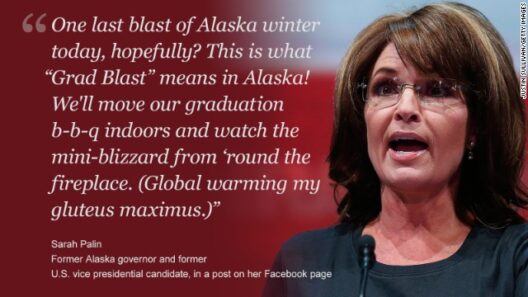In contemporary discourse surrounding environmental issues, the terms “global warming” and “climate change” are often used interchangeably. However, a closer examination reveals significant distinctions and nuances inherent within these concepts. To understand the implications of these terms, one must appreciate the complex interplay of atmospheric science, ecological disruption, and socio-economic factors resulting from anthropogenic activities.
First, let us define the terms. Global warming refers specifically to the long-term increase in Earth’s average surface temperature due to the buildup of greenhouse gases in the atmosphere, primarily carbon dioxide and methane, resulting from human activities such as burning fossil fuels, deforestation, and industrial processes. This rise in temperature has profound implications for the planet’s climate systems, influencing weather patterns, sea levels, and the health of ecosystems.
On the other hand, climate change encompasses a broader spectrum of alterations to the Earth’s climate, including not only global warming but also shifts in precipitation patterns, increased frequency and intensity of extreme weather events, and changes in seasonal cycles. While global warming is a pivotal component of climate change, the latter also includes its associated impacts, be they environmental, social, or economic.
To visualize this distinction, consider a pie chart where global warming represents a sizable slice, yet only one among several pieces representing other facets of climate change. Events such as melting ice caps, rising sea levels, shifting agricultural zones, and increased incidence of wildfires are symptoms of this larger phenomenon. Understanding these categories is crucial for grasping the full scope of the crisis we face.
The origins of global warming can be traced back to the Industrial Revolution, when human reliance on fossil fuels began to escalate. Innovations in technology and transportation accelerated emissions, while the clearing of forests for agriculture contributed to a significant decrease in carbon sequestration. As a result, the atmospheric concentration of greenhouse gases has reached unprecedented levels, leading to an alarming increase in global temperatures. According to climatological data, the Earth has warmed by approximately 1.1 degrees Celsius since the late 19th century—a seemingly modest figure that belies its far-reaching consequences.
In contrast, climate change represents the multifaceted repercussions of global warming. It serves as a broader narrative of transformation, manifesting in variably severe ways across the globe. Regions once characterized by temperate climates are now experiencing droughts, while others face unprecedented flooding. Moreover, the amplification of heatwaves endangers agricultural productivity and poses significant risks to human health. The urgency of understanding these distinct effects is heightened by the disparities in vulnerability—developing nations often bear the brunt of climate crises, despite contributing minimally to the causative factors of global warming.
Unraveling the interconnectedness of global warming and climate change can lead to a more nuanced perspective on environmental policy and responsibility. Climate change demands systemic changes across all sectors of society, including energy, transportation, and industry. This necessarily calls into question our economic models and practices, emphasizing sustainability over short-term gains. By viewing climate change as a collective challenge, we are encouraged to foster collaborative solutions that transcend borders and political divisions.
The public perception of these terms can also shape the dialogue surrounding climate action. The framing of global warming often focuses narrowly on temperature increases, which can seem abstract and distant, whereas the notion of climate change integrates tangible experiences that resonate more deeply with the masses. Extreme weather events and the visible consequences thereof—such as flooded homes, devastated crops, and heat-related health crises—are often more relatable and urgent in public consciousness. This emotional response can galvanize activism and policy change, propelling a more profound commitment to mitigation and adaptation strategies.
Moreover, the terminology we use influences how policy decisions are formulated. Policymakers who prioritize climate change as a comprehensive crisis are more likely to advocate for holistic approaches. These incorporate renewable energy technologies, sustainable agricultural practices, and robust disaster preparedness plans. In contrast, focusing solely on global warming risks underestimating the broader array of environmental challenges and limits the scope of potential solutions. Climate change, then, becomes not just a symptom of rising temperatures but a rallying call for innovation and systemic transformation.
Education and awareness play pivotal roles in reframing these discussions. By informing the public about the intricacies of the climate crisis, individuals are empowered to engage meaningfully with the issues at stake. Initiatives that emphasize interdisciplinary approaches—merging environmental science with economics, sociology, and ethics—cultivate a comprehensive understanding of climate dynamics. Moreover, these efforts can inspire a shift in values, guiding societies toward prioritizing ecological integrity and resilience.
In conclusion, while global warming and climate change are interconnected, it is essential to recognize their differences. Understanding global warming as a primary driver of climate change allows for a more expansive view of the challenges we face. This perspective, in turn, can catalyze a critical reassessment of our collective responsibility to the planet. The urgency is palpable: the longer we linger in the shadows of complacency, the more profound the repercussions will be for current and future generations. Embarking on a journey to comprehend and tackle both global warming and climate change is not merely an environmental imperative; it is a moral obligation. The time to act is now.







